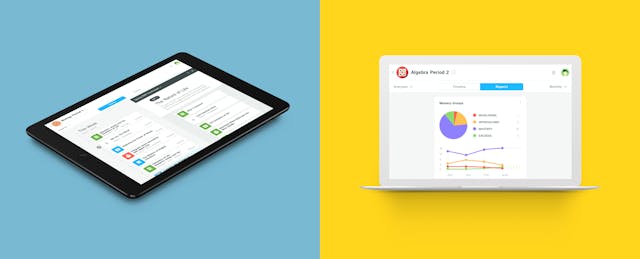The days of raising tens of millions in venture capital before making a cent in revenue are not over for the education technology industry.
Kiddom, the developer behind a K-12 content management and collaborative learning platform, has raised $15 million in a Series B round led by Owl Ventures. Khosla Ventures also chipped in to the round. With this latest cash infusion, the San Francisco-based startup has now raised $21.5 million.
Without revenue, Kiddom has had to pitch investors with aggressive adoption numbers to support this latest fundraise. But the company has kept mum on specifics to everyone else, only sharing that it’s seen “viral growth across hundreds of thousands” of U.S. classrooms, and 30 percent month-over-month growth in usage throughout the previous and current year, says its chief academic officer, Abbas Manjee.
At least 1 teacher in 70 percent of U.S. school districts is actively using Kiddom, Manjee claims. (But headlines suggesting that it is used throughout 70 percent of U.S. school districts are a bit exaggerated, he adds.)
Available on Chromebooks, web browsers and iOS devices, Kiddom’s platform shares many features typically associated with learning management systems. In the app, teachers can add students to their class, and assign custom streams of content, assignments and assessments to each individual learner. Students can see their assignments and due dates for each class, as well as their grades and feedback from the teacher.
It took some time for the company to build all these tools. Founded in 2012, Kiddom’s initial offering was a competency-based gradebook that simply recorded data about how students performed on content from third-party content providers. Last year, the company followed up with the aforementioned features that gave teachers more controls over assigning and grading students’ work.
Kiddom is integrated with Google Drive, which allows teachers and students to send Google documents between one another. And in addition to a library of videos, lessons and activities from 16 providers, including CK-12 and Khan Academy, teachers can upload their own materials onto Kiddom and assign them to students.
To date, none of Kiddom’s users had to pay a dime. But that could change as the company rolls out its newest product, Kiddom Academy. Designed for administrators, this tool provides them with insights into student achievement trends across their schools and districts, as well as the ability to manage and deploy custom materials and tests directly into a teacher’s curriculum planner. A principal, for instance, can see what kinds of content is used most frequently across his or her school, and whether that usage correlates with any noticeable results.
For Academy, the company plans to charge schools in the ballpark of $20 per student per year. The exact price will vary depending on the size and needs of each school.
“We’re building a platform to connect curriculum, assessment and analysis into one single place,” says Manjee, a former high-school math teacher in New York City’s Department of Education.
Kiddom is hardly the only player in the education industry that’s trying to build a one-stop shop where educators can find and manage online educational content, and where students can access and turn in assignments. Other tools offering similar functionalities include Edmodo and Nearpod, and learning management systems like Canvas and Schoology. Manjee says Kiddom is most often compared with Google Classroom, the Summit Learning Platform, and the AltSchool Platform.
The company has another revenue plan in the works. It’s betting that as more schools rely on Kiddom to find online materials, it could become an attractive distribution channel that third-party content providers would pay to access.
“While the company was technically pre-revenue when we invested, they were not ‘pre-business model,’” noted Tory Patterson, managing director of Owl Ventures, in an email. He is also Kiddom’s newest board member.
“We’re going to use this new funding to first focus on Kiddom Academy and deploying it across districts and schools. From there, the idea is to start talking about distribution” with third-party content providers, says Manjee. To propel that growth, the team of 25 may need to double its headcount by the end of the year, he adds.


